Why the first day of autumn is later than usual this year

You might be wondering why the autumnal equinox is on Sept. 23 this year – it officially starts at 3:50 a.m. ADT (4:20 a.m. NDT) – and not on the usual date, Sept. 21 or 22.
The date of the autumnal equinox – like the vernal equinox, summer and winter solstices – can vary yearly.
Its date is not determined by the calendar but is an astronomical moment in time when the sun crosses the celestial equator (the plane of the Earth's equator extended out into space), moving from north to south.
While equinoxes and solstices occur at the same moment in time across the globe, due to varying time zones, the actual date of the equinox or solstice may vary, depending on geographical location.
Autumnal equinoxes can occur between Sept. 21-24; in 2024, it's on Sept. 22
Equal day and night
On the date of the autumnal equinox, the sun is directly overhead at local solar time (as seen from Earth's equator).
The word "equinox" comes from the Latin words aequs (meaning "equal") and nox (meaning "night"), referring to equal daylight and nighttime.
There are two equinoxes each year: autumnal and spring here in the Northern Hemisphere. In the Southern Hemisphere, Sept. 23 marks the southern vernal equinox or the beginning of their spring.
On the vernal and autumnal equinoxes, the Earth's axis is neither tilted towards or away from the sun (as it is during the summer and winter solstices in the Northern Hemisphere). The amount of sunlight striking both hemispheres of the Earth's surface is pretty much the same: every latitude across the planet receives approximately the same amount of daylight as it does darkness as the sun is directly over the equator.
Day and night are only relatively equal in length for areas close to the equator; the length of day and night for non-equatorial regions depends on latitude.
For example, on Sept. 23, in Charlottetown, P.E.I., (latitude 46.23824 degrees north), the sun will rise at 7 a.m. and set just after 7:08 p.m., giving a day length of 12 hours, eight minutes, and nine seconds.
On the day of both equinoxes, the sun will rise almost due east and set almost due west, depending on your exact latitude. Charlottetown, on Sept. 23, will see the sunrise at 89 degrees east and set at 271 degrees west.
Decreasing light
Except for tropical regions, most locations in the Northern Hemisphere see a slow but steady decrease in daylight after the summer solstice (the longest day of the year), with the day-to-day differences greatest around the date of the autumnal equinox.
The same is true for the spring equinox, except the daylight period steadily grows longer.
After the autumnal equinox, the daylight period continues to shorten at an ever-decreasing rate until the winter solstice (the shortest period of daylight of the year), when it reaches zero.
Regions closer to the poles experience larger day-to-day differences than those closer to the equator.
Equilux
The moment when daylight and nighttime hours are equal is known as an "equilux," occurring a few days before the spring equinox and after the autumnal equinox in both hemispheres.
For Charlottetown, the equilux is Sept. 25. If you would like to find out when an equilux will occur where you live (you will need to know your approximate latitude), go to timeanddate.com/astronomy/equilux.html.
Astronomy vs. meteorology
The astronomical definition of when seasons begin differs from the meteorological definition.
While astronomical autumn begins Sept. 23, meteorological autumn (which defines the start of the seasons as occurring on the first day of the month that includes the equinox or solstice) occurred Sept. 1.
As the Earth doesn't move at a constant speed in its orbit around the sun, the actual timings of equinoxes and solstices can change each year, meaning the length of astronomical seasons also varies.
On average, the autumnal season in the North Hemisphere lasts about 89.8 days; in the Southern Hemisphere, it's approximately 92.8 days.
Differences
Not all countries use the astronomical definition of when the seasons change.
Australia and New Zealand use the meteorological definition to mark seasons, with spring starting Sept. 1. Some Southeast Asian cultures divide the year into six seasons.
Finland and Sweden base the date of seasons not on a calendar, but on temperature. Seasons within these two countries start and end on different dates, depending on each region's climate.
Global climate change will, no doubt, dramatically alter how these countries determine the start of their seasons.
This week's sky
Mercury (magnitude +2.5, in Leo - the Lion) has emerged from inferior solar conjunction and will reach its highest point in the morning sky 16 degrees above the eastern horizon on Sept. 23, before fading from view as the sun rises.
Venus (magnitude -4.5, in Cancer - the Crab), now at its brightness morning apparition, rises around 3:35 a.m., reaching an altitude of 29 degrees above the eastern horizon, before fading from view around 6:30 a.m.
Saturn (magnitude +0.5, in Aquarius - the Water Bearer) becomes accessible shortly before 8 p.m., 12 degrees above the southeast horizon as darkness falls, reaching a height of 31 degrees above the southern horizon by 11:40 p.m., and remaining visible until about 3:35 a.m. when it drops below 10 degrees above the southwest horizon.
Jupiter (magnitude -2.7, in Aries - the Ram) is visible by about 10 p.m., seven degrees above the eastern horizon, reaching its highest point of 58 degrees in the pre-dawn, southern sky around 4:15 a.m., then becoming lost in the dawn twilight 47 degrees above the southwest horizon by 6:30 a.m.
Mars, two degrees below the western horizon at dusk, is not observable this week.
Comet C/2023 P1 Nishimura reached perihelion (its closest passage of the sun) on Sept. 17 and is too close to the sun to be observed in the western, post-sunset twilight. It will pull away from the sun over the coming weeks, and, although fading in brightness, may still be visible.
Until next week, clear skies.
Events:
- Sept. 18 – Venus at greatest brightness in morning sky; mag, -4.5
- Sept. 22 – First Quarter Moon
- Sept. 23 – Autumnal Equinox; start of autumn season in Northern Hemisphere
- Sept. 23 – Mercury at its highest altitude in the morning sky; 16 degrees above the eastern horizon
Glenn K. Roberts lives in Stratford, P.E.I., and has been an avid amateur astronomer since he was a small child. He welcomes comments from readers at glennkroberts@gmail.com.
IS THE DAY 12 HOURS LONG ON THE EQUINOX? IT'S COMPLICATED
BY: BOB KING SEPTEMBER 20, 2023 
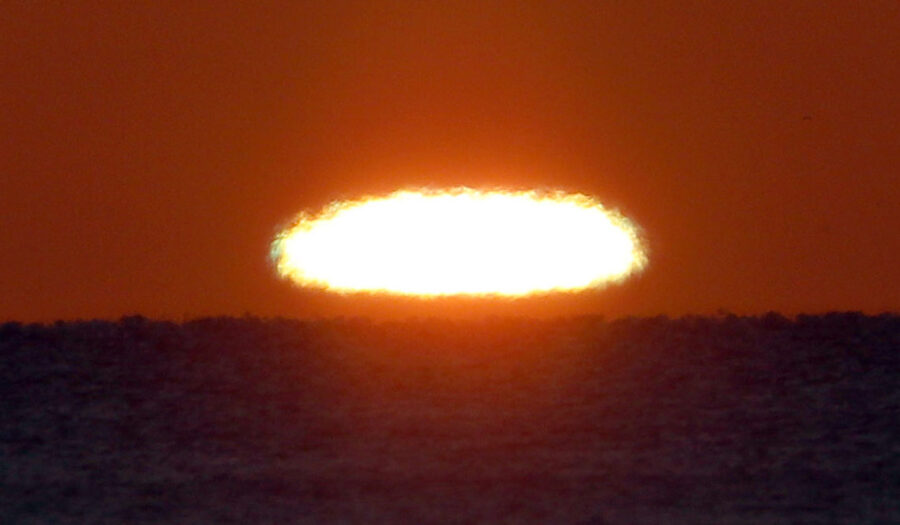
Bob King
Astronomical cycles acquaint us with the inevitable. That's what I'm thinking right now as we approach the first official day of fall (spring in the southern hemisphere), also known as the autumnal equinox. At 2:49 a.m. EDT, the Sun will cross the celestial equator going south and won't stop its descent until it bumps into the winter solstice on December 21st.
The celestial equator is a projection of Earth's equator on the sky. On that special day, the Sun will pass directly overhead at noon for residents living along the equator, from Nairobi to Quito to Singapore. At local noon, when the Sun passes overhead, residents won't be able to avoid stepping on their shadows. On the same day at the North and South Poles the Sun scrapes completely around the horizon. And no matter where you live except the poles it rises due east and sets due west.
At both the spring and fall equinoxes, the Earth's axis tilts neither toward nor away from the Sun but sidelong. Day and night momentarily strike a balance, each of them 12 hours long on this day, so neither one of them has the upper hand. That's why we call it the equinox, which literally means "equal night." Right?
Don't believe it. There's more to daylight on the equinox than you might think.
THE SUN'S DISK
Bob King
Even on the equinox, daylight still edges out night for two reasons. First, the Sun is a disk, not a point source. If the Sun were simply a more brilliant version of Venus, all of it would rise in one pop. Instead, sunrise is defined as the moment when the Sun's upper edge breaches the horizon. Since the solar disk is about ½° in diameter, its full disk takes between 2.5 and 3 minutes at mid-latitudes to clear the horizon. Similarly, sunset is the moment the trailing limb finally touches the western horizon. That adds another 2.5 to 3 minutes of sunshine at day's end. The result is a total of approximately 5 to 6 minutes of additional daylight. By the way, this is true for every day of the year, not just on the equinox.
As one approaches the Arctic at the time of the fall equinox, the Sun's angle of ascent becomes shallower and shallower. In Alert, Nunavut, the northernmost continuously inhabited place in the world, it takes more than 16 minutes from the moment of sunrise until the Sun clears the eastern horizon! At the equator — the opposite extreme — the Sun rockets straight up from the due-east horizon and extricates itself in just over 2 minutes.
THE EARTH'S AIR
Adding to the complexity is the fact that Earth has air. Consider atmospheric refraction, in which light rays are bent when they pass from a less dense medium (outer space) into a more dense medium (Earth's atmosphere). A familiar example is the "broken" straw sticking out of a glass of water. Light from the top of the straw travels directly to our eyes, while light from the underwater part is refracted (bent) and travels in a slightly different direction, making it look as if it's fractured.
Bob King
As the Sun approaches the horizon, air density rapidly increases, making refraction effects much stronger along the bottom edge of the solar disk compared to the top. The difference bends or "lifts" the bottom half of the solar disk into the top half, flattening an otherwise circular Sun into an oval.
Sciencia58 / CC BY-SA 4.0
Even before the Sun has physically risen in the morning, refraction elevates its upper edge, causing it to appear nearly 3 minutes (at mid-latitudes) beforehand. Likewise, the actual Sun sets several minutes before its refracted light does. If you were to remove Earth's atmosphere at sunset, sunlight would disappear the moment the entire solar disk sets.
So, we'll need to add another 5 to 6 minutes of daylight to the equinox due to Earth's atmosphere. Even if we were to imagine a hypothetical point at the center of the solar disk instead of the full Sun, atmospheric refraction would also lift it into view earlier and hold onto it later just like all celestial sources.
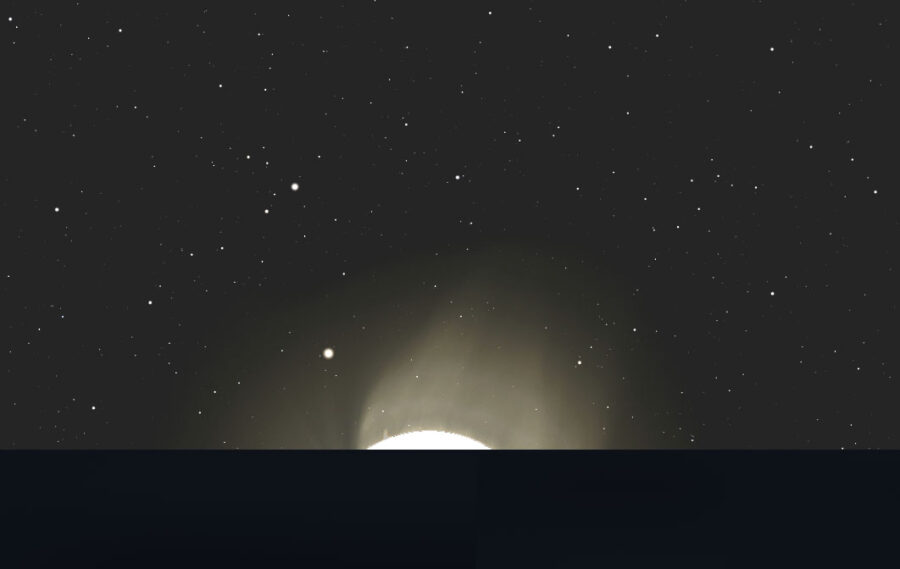
Stellarium
Are days and nights ever 12 hours apiece? Yes! Well, close. This occurs at the equilux, a delightful word that derives from the Latin equi (equal) and lux (light). While the equinox occurs across the planet at the same moment, the equilux varies according to latitude.
In the Northern Hemisphere, it occurs several days after the autumnal equinox (on September 25th or 26th at mid-northern latitudes) and several days before the vernal equinox; in the Southern Hemisphere, it's the other way around.
At the equator, day and night are never exactly equal — daylight always exceeds night by 6 to 8 minutes due to the Sun's large apparent size. At the same time, though, day and night are nearly equal every day of the year.
City Latitude Approximate date of equiluxAnchorage, Ak. 61° Sept. 25Calgary, Alberta 51° Sept. 25Champaign, Ill. 40° Sept. 26New Orleans, La. 30° Sept. 27Honolulu, Hawai'i 21° Sept. 28San José, Costa Rica 10° Oct. 4Bogotá, Colombia 5° Oct. 19Quito, Ecuador 0° NeverTraveling south, equilux dates increasingly part from the equinox date.Data from Stellarium and other sources
While the equilux concept is great in principle, a perfect balance of day and night isn't possible from many locations because daylight is decreasing at the rate of 2 to 3 minutes per day, not minute by minute. For that reason day and night lengths often differ by about a minute. For example, in Detroit the equilux occurs on September 25th, when the time between sunrise and sunset is only about 13 seconds shy of 12 hours. In Phoenix it occurs on the same date, but daylight is a little more than a minute longer than night.
Isn't splitting hairs fun?
Bob King
The equinox is a happy time to be a night-sky watcher. Insects retreat, and evening temperatures are cool and pleasant. To stand under a dark sky before 9 o'clock is a joy. During the summer many of us start observing at the very time we should be getting to bed. These chances occur because of Earth's tilted axis. As the Sun hastens south, the curtain of darkness drops incrementally earlier. Before you know it, the insatiable night will make sunshine a prized commodity.
Happy equinox and equilux indeed!

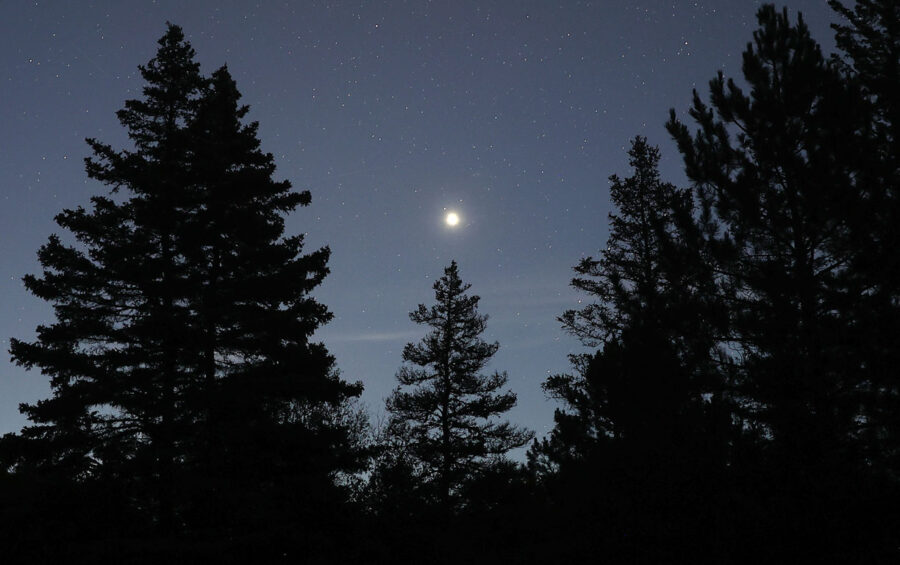

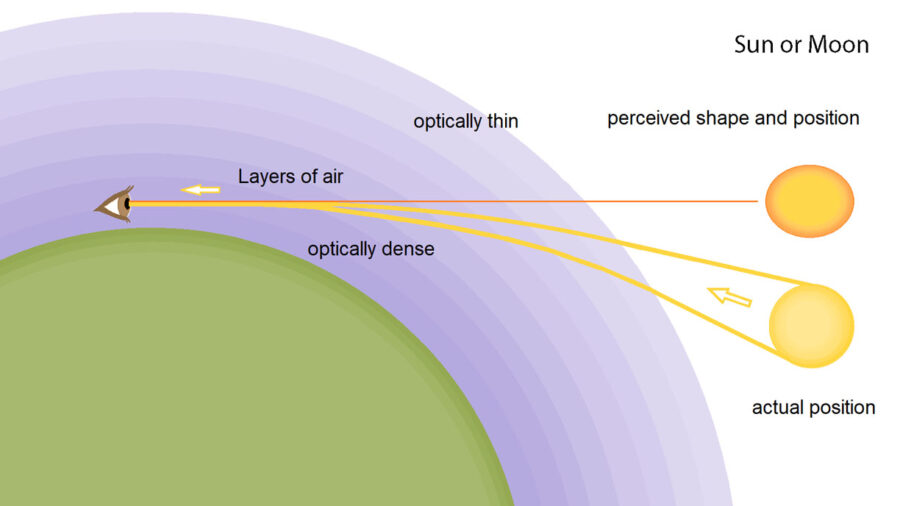
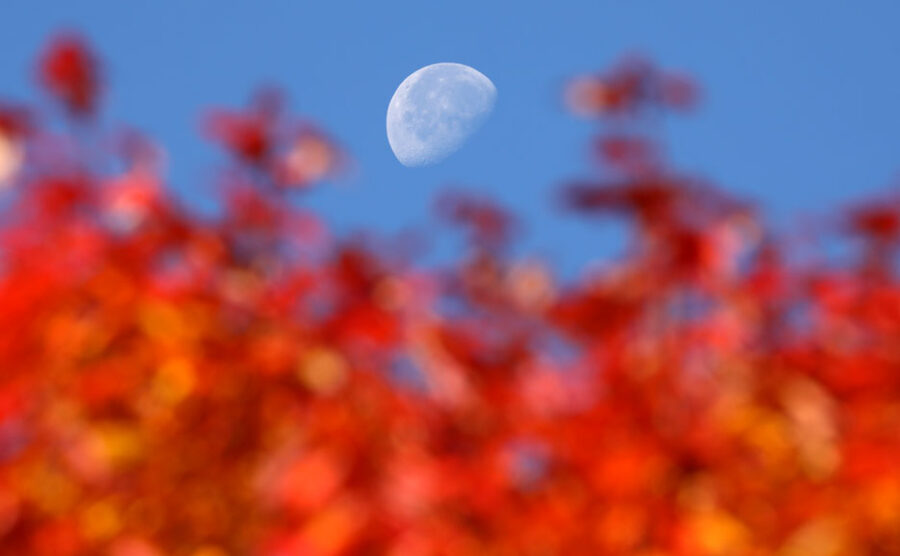

No comments:
Post a Comment